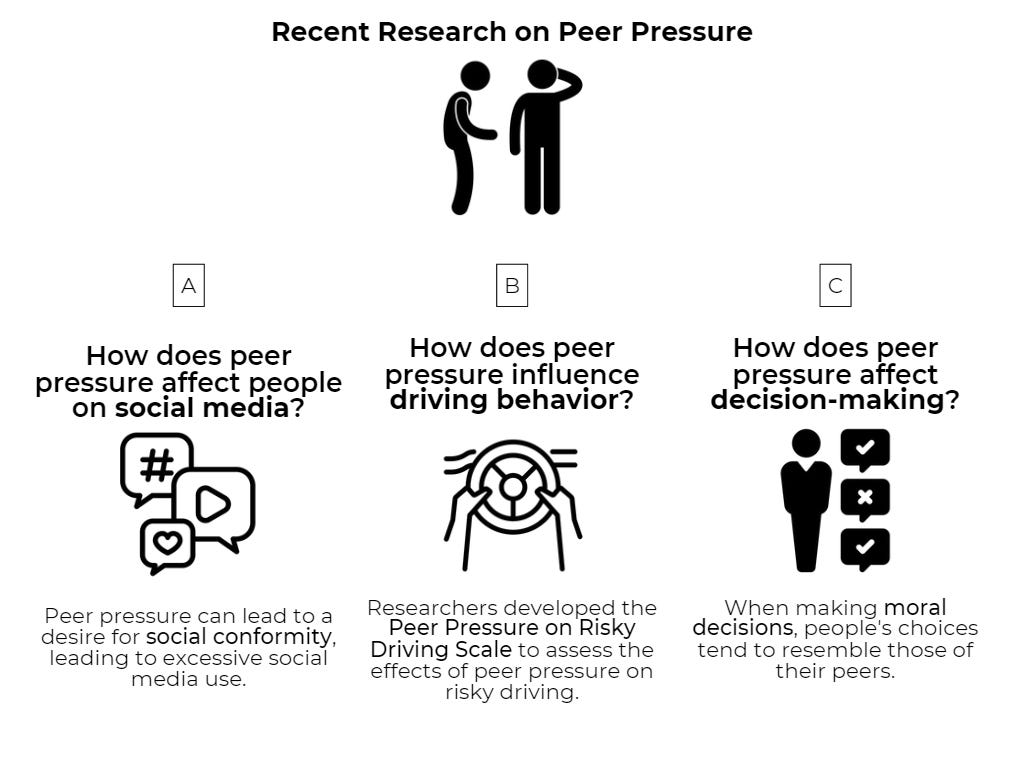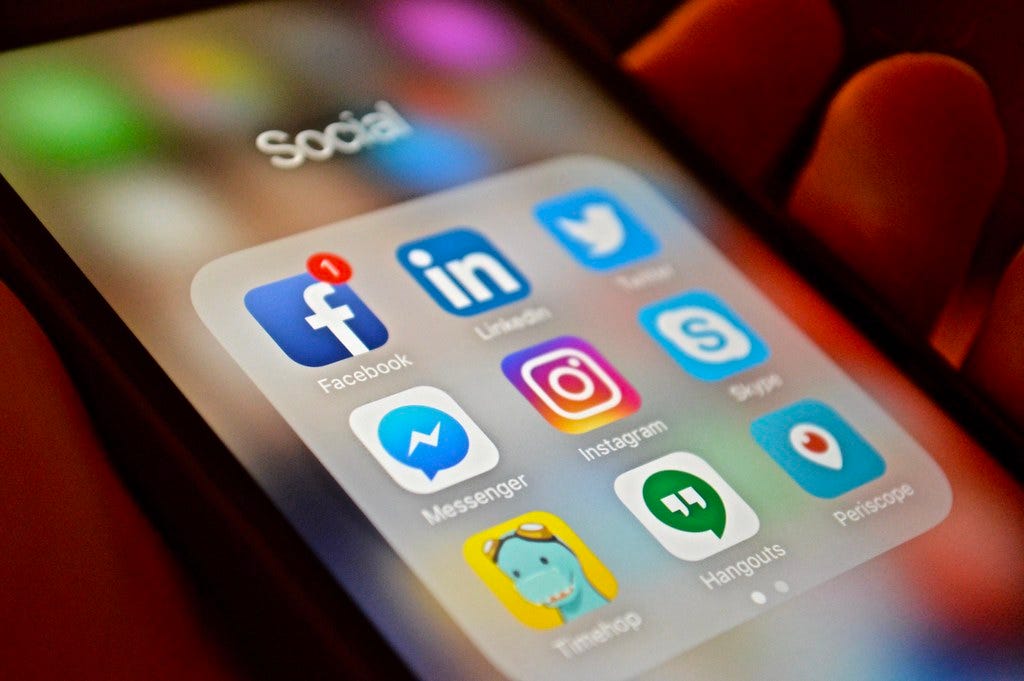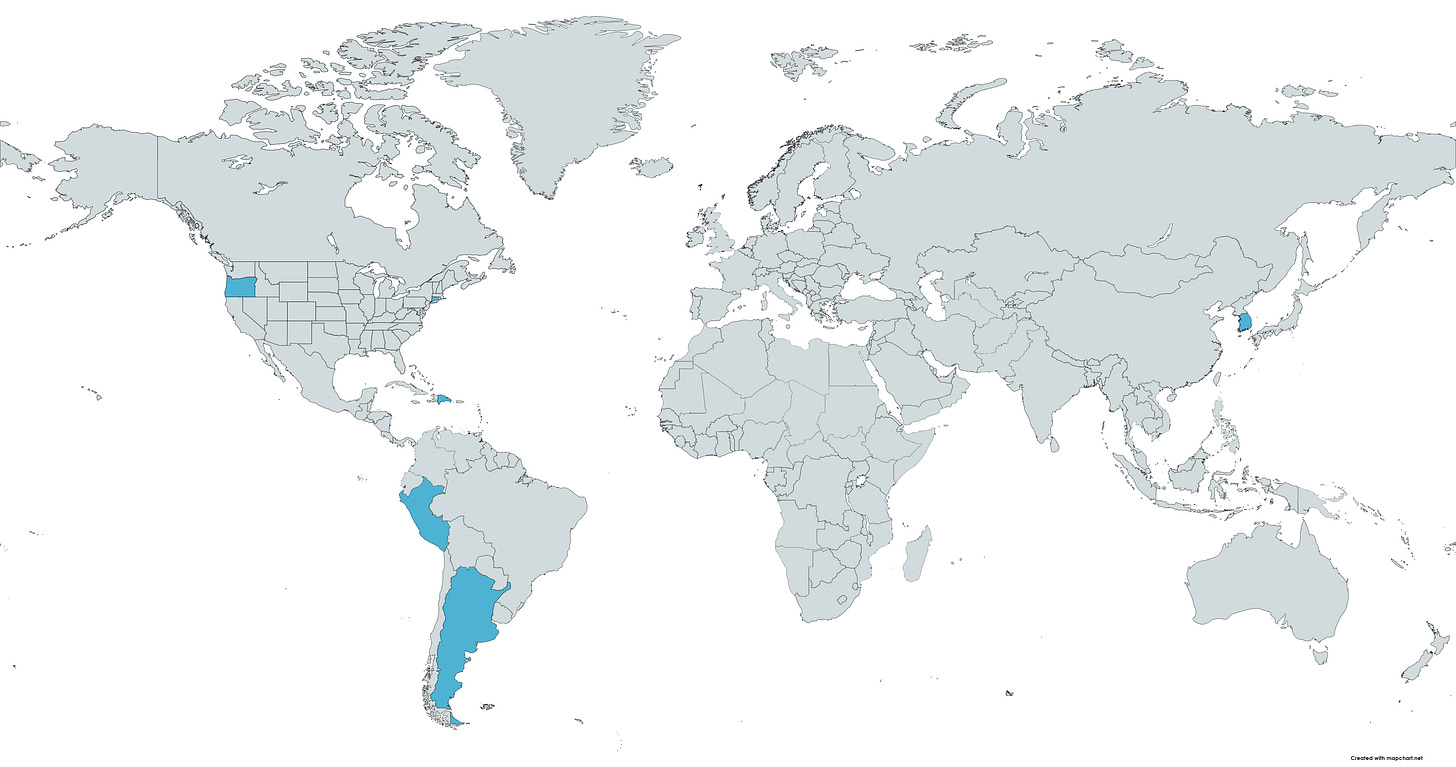Introduction
Psyche is a monthly newsletter showcasing cutting-edge research in psychology. Learn more about us here.
This month, we’re featuring recent psychological research on peer pressure. Even though peer pressure is often viewed negatively, being influenced by one’s peers can also foster personal growth and help with working towards common goals. However, peer pressure can indeed be dangerous, especially when someone is being pressured to do something harmful to themselves or others. In this edition, we highlight the work that researchers are doing to understand how peer pressure affects different parts of people’s lives.
Before we begin, please consider subscribing to Psyche by using the button below! This will ensure that each edition of our newsletter makes its way to you every month. We would truly appreciate it if you spread the word about us as well - our impact grows with each additional reader.
Research Map

News From the Field
Peer Pressure and Social Media
🏘Keywords: #Psychology #Peer Pressure #SNS Addiction #Korean Adolescents #SNS-use Motives #Social Conformity
🌟Featured Article: Peer Pressure and SNS Addiction in Adolescents: The Mediating Role of SNS-Use Motives 🇰🇷
Teenagers are now utilizing social media platforms more than ever. There are thousands of influencers that flaunt their wealth, success, beauty, and connections. As a consequence, increasingly high rates of adolescents are experiencing peer pressure and suffering from social networking site (SNS) addiction. But can the different motivations for SNS usage affect the relationship between peer pressure and SNS addiction?

To determine the role of SNS-use motives between peer pressure and SNS addiction, researchers at Daegu University surveyed three hundred high school students with average socioeconomic status from Daegu City. Participants completed questionnaires to measure peer pressure, SNS-use motive, and SNS addiction. As expected, the researchers found a moderate and positive correlation between peer pressure and SNS addiction. They have also observed that social conformity as the motivation for SNS usage mediated the relationship between peer pressure and SNS addiction. That is, peer pressure and social conformity are highly linked, and together they lead to SNS addiction. Another finding also confirmed that using SNS to cope with negative emotions was often caused by peer pressure and led to SNS addiction. By observing SNS addiction among adolescents, this research aims to develop effective programs to prevent SNS addiction.
This study aims to explore the connections between peer pressure, motivation for SNS usage, and SNS addiction. This study further helps to guide future research about different coping mechanisms for peer pressure and exposure to social media (1, 2, 3).
🗺Translational Path
Similar Article: Examine how adolescents feel peer pressure from social media, underscoring the need to support them with various coping mechanisms 🇩🇪
Cited By: Explore the importance and the effectiveness of developing ways of disclosing advertisements for adolescents to protect them against social media influencer advertising 🇷🇴
Similar Article: Identify the effects of advertisement disclosure when educating adolescents about advertisements through informational vlogs 🇧🇪
Peer Pressure and Driving
🏘Keywords: #Psychology #Peer Pressure #Risky Driving #Traffic Accidents #Scale Development
🌟Featured Article: Peer pressure and risky driving: Development of a new scale 🇦🇷 🇩🇴 🇵🇪
Peer pressure has been shown to affect young people’s driving, making it an important factor to consider in efforts to reduce the incidence of traffic accidents. But how can the effects of different kinds of peer pressure on driving be assessed?
A big step towards answering this question is to develop scales to help measure the effects of peer pressure tailored to the context of driving. Researchers developed the Peer Pressure on Risky Driving Scale (PPRDS), which was designed to assess the influences of direct and indirect peer pressure on risky driving. They found that, after administering the PPRDS to a sample of 773 young drivers, the scale reliably reflected the effects of peer pressure on risky driving and also was consistent with drivers’ own reports of risky driving.
Not only does this study contribute to efforts to measure risky driving behaviors, but it can also inform future work in understanding factors that place certain people at heightened risk for car crashes and other consequences of risky driving compared to others (1, 2, 3).
🗺Translational Path
Similar Article: Explore sex differences in risky driving behaviors and how interventions targeting risky driving can be tailored to individual and cultural differences 🇦🇺
Cited By: Examine sex differences in risky driving behaviors longitudinally, meaning over a longer period of time, to see how risks of crashes and subsequent hospitalization change over time 🇦🇺🇬🇧
Similar Article: Identify the differences and similarities between sleep-related crashes occurring on low-speed roads and those occurring on high-speed roads 🇦🇺
Peer Pressure and Decision-Making
🏘Keywords: #Psychology #Peer Influence #Moral Decision Making #Prosocial #Antisocial #Positive Impact
🌟Featured Article: How peer influence shapes value computation in moral decision-making 🇺🇸
For a long time, peer influence has been used to describe the negative effect of peers on one another, with many studies finding a correlation between peer influence and harmful actions such as bullying. But can peer influence have a positive impact on moral behavior too?
To answer this question, researchers at Yale University and the University of Oregon conducted a 2 part study with 168 participants. In the first part of the study, they found that the participants could deduce their peers’ goals when observing their moral decisions as well as judge their peers’ moral character on a scale of Nasty or Nice. The goals were either making the most money at the cost of causing pain to a stranger or minimizing the pain while not making as much money. The second part of the study found that participants' preferences changed to resemble those of their peers that they observed.
This study shows that exposure to prosocial peers - peers that are inclined to helpful and positive behavior and encourage social acceptance - can help people make better moral decisions and also help shape future research on peer influence (1, 2, 3).
🗺Translational Path
Similar Article: Evaluates peer influence in bullying and its effect on moral competence and finds a relationship between low moral competence and susceptibility to peer influence 🇩🇪🇨🇭
Cited By: Examination of the effects of prosocial and antisocial influence on adolescents discovered that boys became less socially influenced (both prosocial and antisocial) as they grew older whereas girls were found to be more affected by prosocial behavior even as they aged 🇬🇧
Cited By: Explore when adolescents are more vulnerable to social influence, which helps determine when interventions for improving developmental trajectories should be done 🇳🇱🇩🇪
Research Community

Spread the Word!
Thanks so much for reading! If you want to help us in our mission to share recent work in psychology, please share this newsletter with anyone who would be interested. Just press the button below to share!







